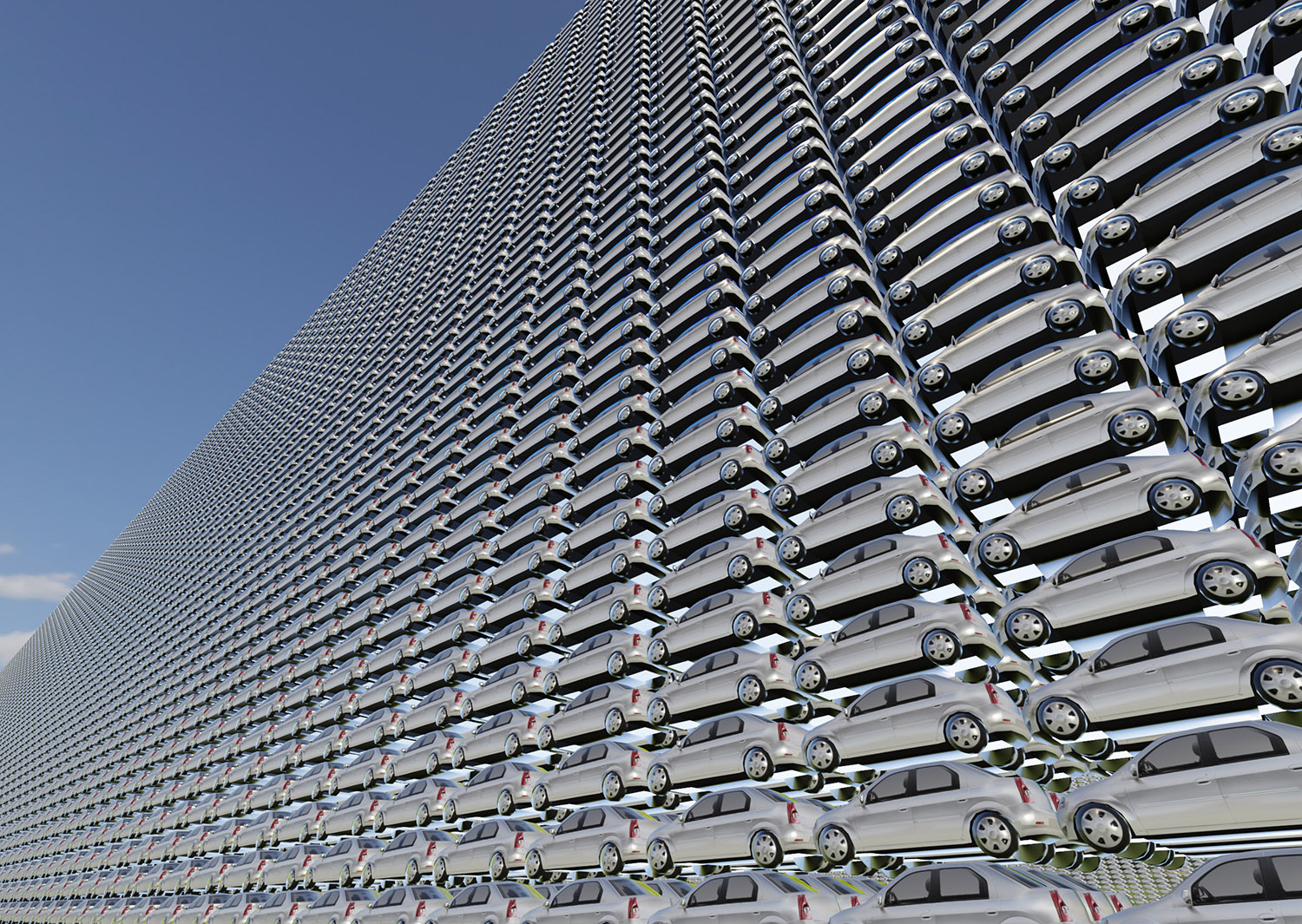[Close]
Ioan Cernei
Ioan Ovidiu Cernei (b. 1987, Bucharest, Romania) is a technological artist and web developer based in Bucharest. Ioan received his BFA from FVPCI UNARTE Bucharest in 2009 and an M.A. at Interface Cultures, UFG Linz, Austria. Between 2010 and 2017 he worked mostly with interactive installations. Through his installations he adopts a ludic attitude towards technology based artistic practice, but at the same time he’s critical of emotionless and senseless technologization. Since 2016 he works mainly in the web and virtual space. He is currently trying to develop a platform for presenting works in augmented public space. His past works have been shown at Ars Electronica Linz, WRO Media Art Biennale Wrocław, FILE Media Art Festival Sao Paulo, Liminal Festival Bucharest, Lab30 Augsburg, Nova Galerija Trbovlje, The Wrong Biennale.
HRTP://TrafficJam
Just like HTTP is an acronym for hypertext transfer protocol, HRTP is an acronym for hyperreality transfer protocol. As technology continues to develop at an accelerated pace, likewise do private interests take over visual and informational space for promoting their own agenda at a similar pace. It is not long until the notion of hypertext will evolve into hyperreality – such as Jean Baudrillard defined it in «Simulacra and Simulation» in the year 1981. Hyperreality will represent an incapacity of the conscious to distinguish between simulation/fiction and reality due to the equivalence of the two on the level of perception. In essence the simulation qualitatively offers the same stimuli to the senses. We are now at a cliffhanger between real and simulated, between physical and virtual reality as the technology becomes ubiquitous and accessible, and the augmented is making its way to the computers in our pockets.
In this context we will soon have available additional layers of reality, superimposed over one another, visible through the filters that are our mobile devices or other technologies. How long will it be until these layers are regulated just as the radio spectrum has been; and taken over for their exploitation by a limited number of agents. HRTP proposes a technological speculation or what one might call futuring through which one of these virtual augmented space layers is taken over preemptively for the purpose of cultural practices. It intends to suggest the ability and right of cultural actors to exert agency within these layers. Through contemporary mobile devices visitors can see virtual interventions in site-specific public space. The interventions, although accessible from anywhere through a browser are placed at specific geographic coordinates. When accessing the web page hosting the work the location of the device is being determined and the work in proximity is revealed. It is to be noted that this is a speculative prototype as current technology is still at the limit between hypertext and hyperreality and as such cannot be guaranteed to function on devices of all makes and models.
We are all well aware that our city (Bucharest) is taken over by cars. Continuing the series of interventions and experiments into augmented reality in public space – HRTP, started with the installation Dome at Liminal Festival 2019, the TrafficJam installation proposes a data driven virtual protest in front of the Romanian Parliament and behind the Bucharest City Hall by covering the surface of Izvor Park with the virtual representation of 1807412 White Dacia Logan, equivalent to the total registered automobiles within the Bucharest-Ilfov region, as reported by NIS (National Institute of Statistics) for the end of the year 2018, excluding transitory vehicles. Known as one of the most polluted and traffic ridden cities in Europe, Bucharest and Romania need considerable reforms regarding environmental and motorization policy.
The 1807412 cars occupy 17 ha in 71 layers, or 724x302m in 71 layers, or approximately 25000 Dacia Logans per layer. These numbers are easy to read, but hard to conceive and this work serves as a data visualization in public space in order to create a human scale representation of the cars present in our day to day life.
The end goal of the HRTP series is to create a framework for displaying 3d installations in public space, thus being under continuous development. Each installation represents one endpoint within the application. For this particular endpoint the geolocation features have been disabled due to the covid-19 movement restrictions.
Compatibility: Phone
Browser: Chrome recommended
